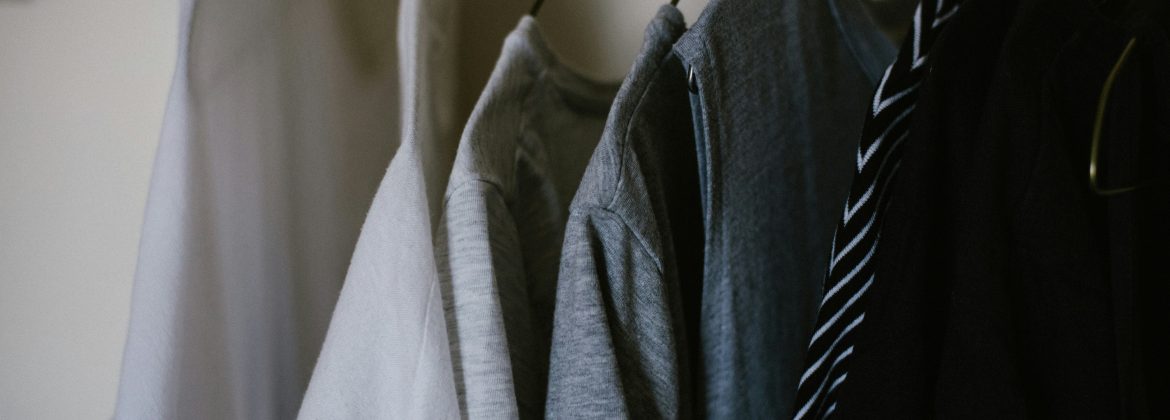The Evolution of Fashion: From Ancient Times to Modern Trends
Fashion and apparel have always been an integral part of human history, reflecting the society and culture of each era. From ancient times to modern trends, clothing has evolved significantly, influenced by various factors such as technology, economy, and social movements.
In ancient civilizations like Egypt and Mesopotamia, clothing was not only a means of protection from the elements but also a symbol of status and power. The intricate designs and luxurious fabrics used by the ruling class showcased their wealth and authority. In contrast, the common people wore simpler garments made from cheaper materials.
As societies progressed, so did fashion. The Middle Ages saw the rise of elaborate garments adorned with embroidery and jewels, worn by nobility and clergy. The Renaissance period brought a revival of classical aesthetics, with clothing inspired by ancient Greek and Roman styles. The Baroque and Rococo periods favored opulent fabrics like silk and velvet, creating a sense of extravagance and grandeur.
The Industrial Revolution in the 18th and 19th centuries marked a turning point in fashion history. Mass production techniques allowed for the creation of ready-to-wear clothing, making fashion more accessible to the masses. The invention of the sewing machine further revolutionized the industry, leading to faster production and more intricate designs.
The 20th century witnessed a rapid evolution of fashion, driven by global events and cultural shifts. The 1920s saw the emergence of flapper dresses and Art Deco styles, challenging traditional gender norms and embracing a more liberated aesthetic. The austerity of World War II gave rise to utilitarian clothing, with rationing leading to simpler designs and practical fabrics.
The post-war period of the 1950s and 1960s saw a return to glamour and sophistication, with designers like Christian Dior and Coco Chanel redefining women's fashion. The counterculture movements of the 1960s and 1970s brought about a new wave of creativity and individuality, with hippie fashion and punk styles challenging mainstream norms.
The 21st century has seen a fusion of past and present trends, with designers drawing inspiration from a diverse range of influences. Sustainable fashion has become a major focus, with eco-friendly materials and ethical production practices gaining traction. The rise of social media has also democratized fashion, allowing for greater diversity and representation in the industry.
In conclusion, fashion and apparel have come a long way from their humble origins in ancient civilizations to the global industry we see today. Each era has left its mark on the evolution of clothing, reflecting the values and aspirations of society at that time. As we look to the future, it will be fascinating to see how fashion continues to evolve and adapt to the changing world around us.

